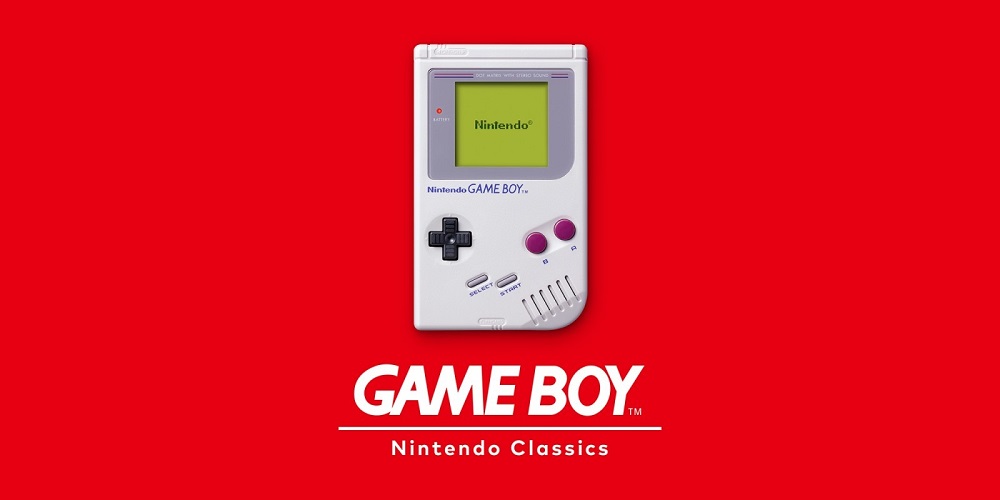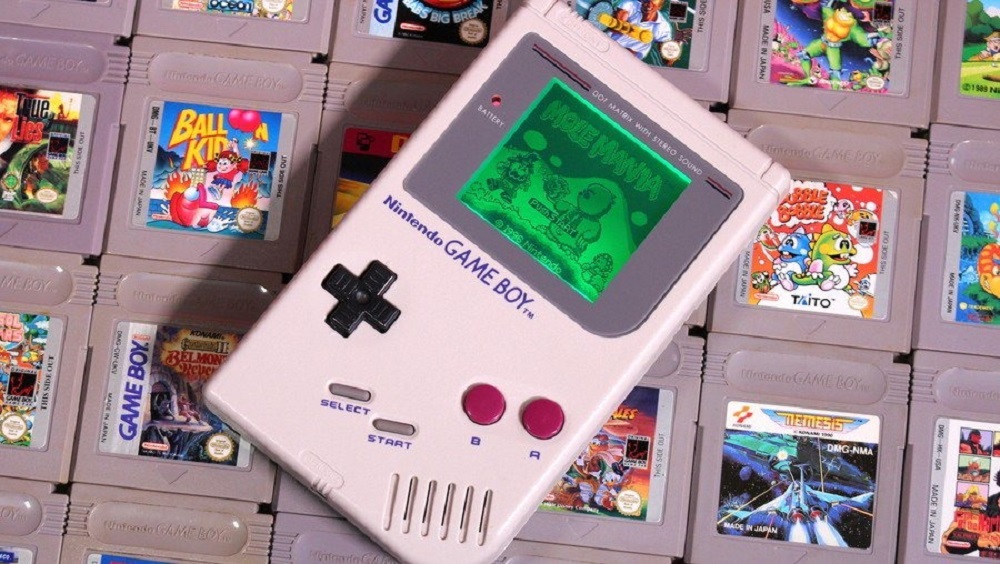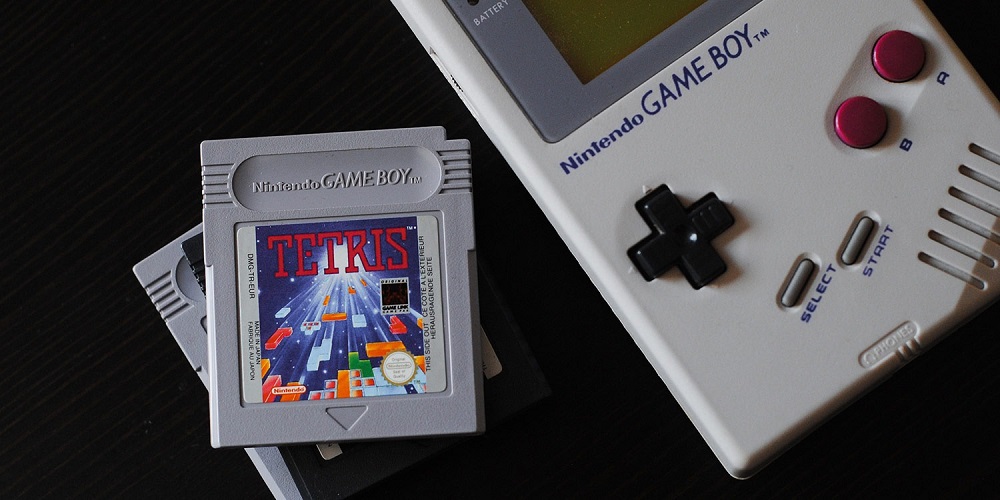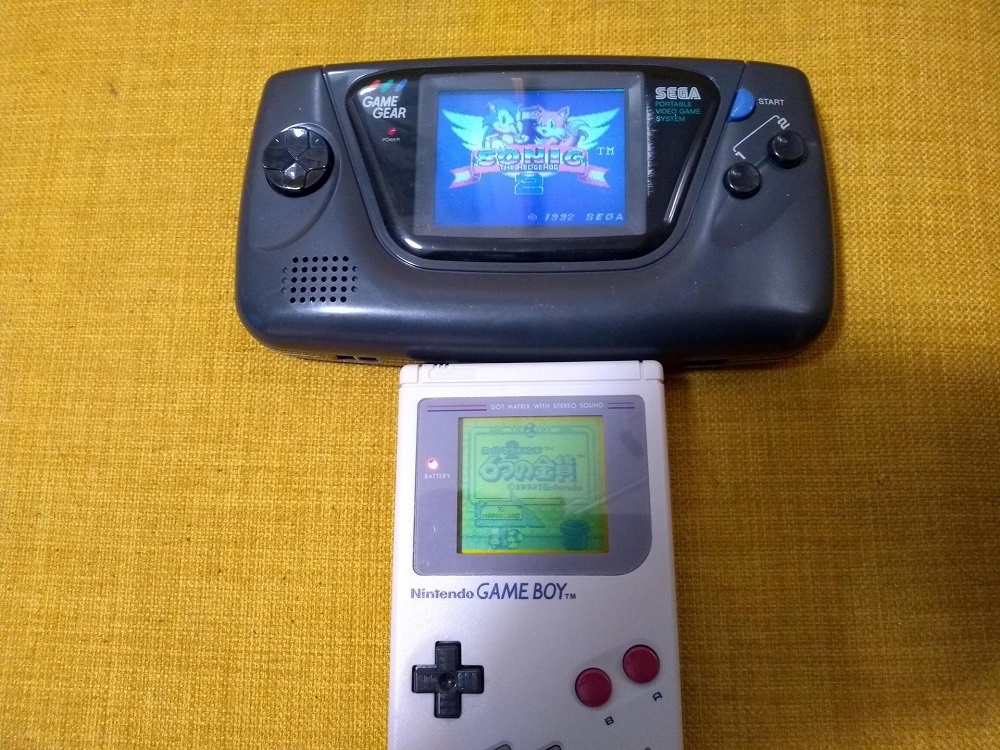In the golden age of gaming, when home consoles were battling for living room dominance, Nintendo took a bold step—one that would change gaming forever. With the launch of the Game Boy in 1989, Nintendo made quality gaming truly portable. This unassuming gray brick didn’t just shrink video games—it transformed them into a lifestyle.
More than 30 years later, the Game Boy remains one of the most iconic pieces of gaming hardware ever made. Let’s explore how this tiny device made a massive impact on the industry.
A New Era in Gaming on the Go

In 1989, Nintendo launched the Game Boy, a revolutionary 8-bit handheld device. It had no color, no backlight, and ran on four AA batteries. And yet, it sold over 118 million units across all models. It was a gamble that paid off massively.
Designed by Gunpei Yokoi, the mastermind behind Nintendo’s Game & Watch and later the Virtual Boy, the Game Boy continued the momentum started by the NES launch in the US, which had already begun reviving the home gaming market. Game Boy focused on durability, affordability, and gameplay-first philosophy. Nintendo made deliberate choices: black-and-white graphics, long-lasting battery life, and simplicity over sophistication. These design principles made the Game Boy accessible to all ages, portable enough for backpacks and briefcases, and reliable for hours of continuous play.
Unlike flashy rivals that offered backlit or color displays but drained batteries rapidly, the Game Boy chose staying power—and won the war of practicality.
Hardware Built for Longevity

The Game Boy’s specs weren’t cutting-edge, but they were well-optimized:
| Feature | Specification |
|---|---|
| CPU | 8-bit custom Sharp LR35902 |
| Display | 2.6-inch dot matrix display |
| Audio | Mono speaker + headphone jack |
| Power | 4 AA batteries |
| Battery Life | 10–15 hours |
| Weight | ~220 grams |
The system was tough. There’s even a famous Game Boy on display at the Nintendo Store in New York that survived a bombing during the Gulf War and still works today.
It wasn’t sleek, and it wasn’t flashy—but the Game Boy was practical, resilient, and timeless.
Tetris: The Killer App

Bundling Tetris with the Game Boy was a genius move. The simple, addictive puzzle game had universal appeal. It wasn’t gendered, it wasn’t age-specific, and it didn’t require instructions. It just worked.
Tetris’s genius lay in its gameplay loop—endless, skill-based, and satisfying. Business professionals played it on commutes, kids played it in schoolyards, and families fought over who could get the highest score.
This was the start of something new: gaming as a companion, not just an activity. Tetris helped the Game Boy penetrate markets beyond traditional gamers.
A Legendary Game Library
While Tetris was the Trojan horse, Nintendo’s own franchises soon defined the Game Boy’s lasting value:
- Pokémon Red & Blue – Released in 1996 (JP) and 1998 (US), these RPGs turned Game Boy into a worldwide obsession. Trading, battling, and collecting 151 creatures became a global phenomenon.
- The Legend of Zelda: Link’s Awakening – A remarkably complex game that proved handheld systems could deliver deep, console-quality experiences.
- Kirby’s Dream Land – Introduced a lovable puffball and showcased whimsical level design.
- Metroid II: Return of Samus – Expanded Samus Aran’s lore and hinted at innovations to come in Super Metroid.
- Donkey Kong (1994) – Started like the arcade classic but evolved into a mind-bending puzzle-platformer.
Nintendo also encouraged third-party support, with companies like Capcom (Mega Man), Konami (Castlevania), and Squaresoft (Final Fantasy Adventure) producing impressive Game Boy titles.
Game Boy vs. the Competition

The Game Boy had many challengers, especially during the early 90s:
| System | Screen Type | Color | Battery Life | Sales |
| Game Boy | Monochrome | No | 10–15 hours | 118 million |
| Sega Game Gear | Backlit LCD | Yes | 3–5 hours | ~10 million |
| Atari Lynx | Backlit LCD | Yes | 4–6 hours | <2 million |
| TurboExpress | Backlit LCD | Yes | 2–3 hours | <1 million |
Nintendo’s rivals often boasted better screens and technical features. Among them, the Sega Master System stood out in the home console space, while Game Gear tried to take on Game Boy in the handheld arena.”
Cultural Impact and Longevity
The Game Boy wasn’t just a game console—it was a cultural touchstone.
- Kids played during recess, in the car, or hidden under blankets at night.
- Adults snuck in sessions of Tetris between meetings.
- Accessories like the Game Link Cable turned it into a social machine.
The Game Boy became the center of countless childhoods, and the platform where millions first experienced the magic of video games. Magazines, strategy guides, and even animated shows (like Pokémon) flourished around it.
Even today, indie developers continue to make homebrew Game Boy cartridges, and Nintendo’s later handhelds like the Game Boy Color and Advance built on this legacy with vibrant screens and upgraded capabilities.

Comments
Loading comments...